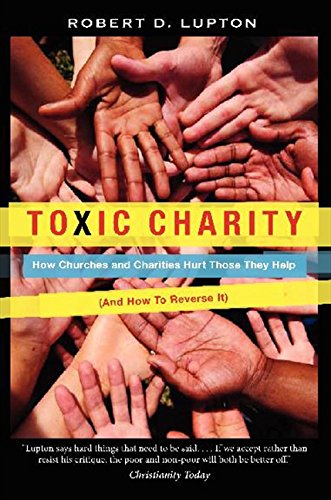
What are they studying
The role of charity in communities and its potential “toxic” effect.
What do they find?
Less of a study per se and more qualititative, the author explores the idea that charity can have a toxic effect on a community when it does not partner with a community. Giving money is easier that forming lasting relationships with a community. One of the examples was moving a church coat exchange to a non-profit clothing center where patrons could purchase the clothes. The patrons could exchange their time working in the store for clothing or wages. The theory here that this is building the idea that a community can solve its own problems. There were several other stories and anecdotes that focused on these kinds of community development and partnerships rather than the poverty tourism and pure gift giving charity organizations.
How do they find it? (N, method)
All rellocations and some anecdotes.
Questions/ Comments
The idea that charities should form sustainable partnerships is important. I disagree with some of the cliched tropes of “boostrap” and insintuation of “wellfare queens” where a population becomes entitled and expecty charity. However, there are some excellent points regarding poverty tourism and the sustainability of just giving money to a community. Grants are not sustainable. They might be necessary in the short term to break the cycle of poverty and allow the space for innovation, but being grant dependent does not result in sustainable local growth.